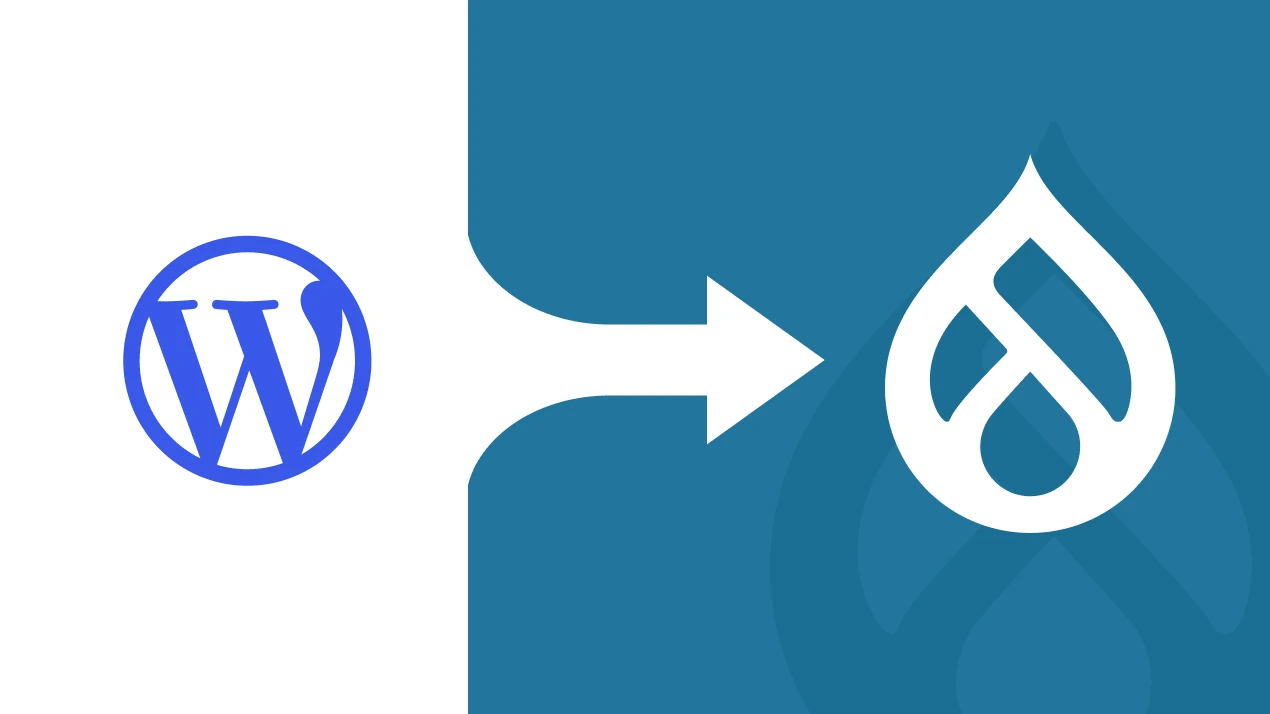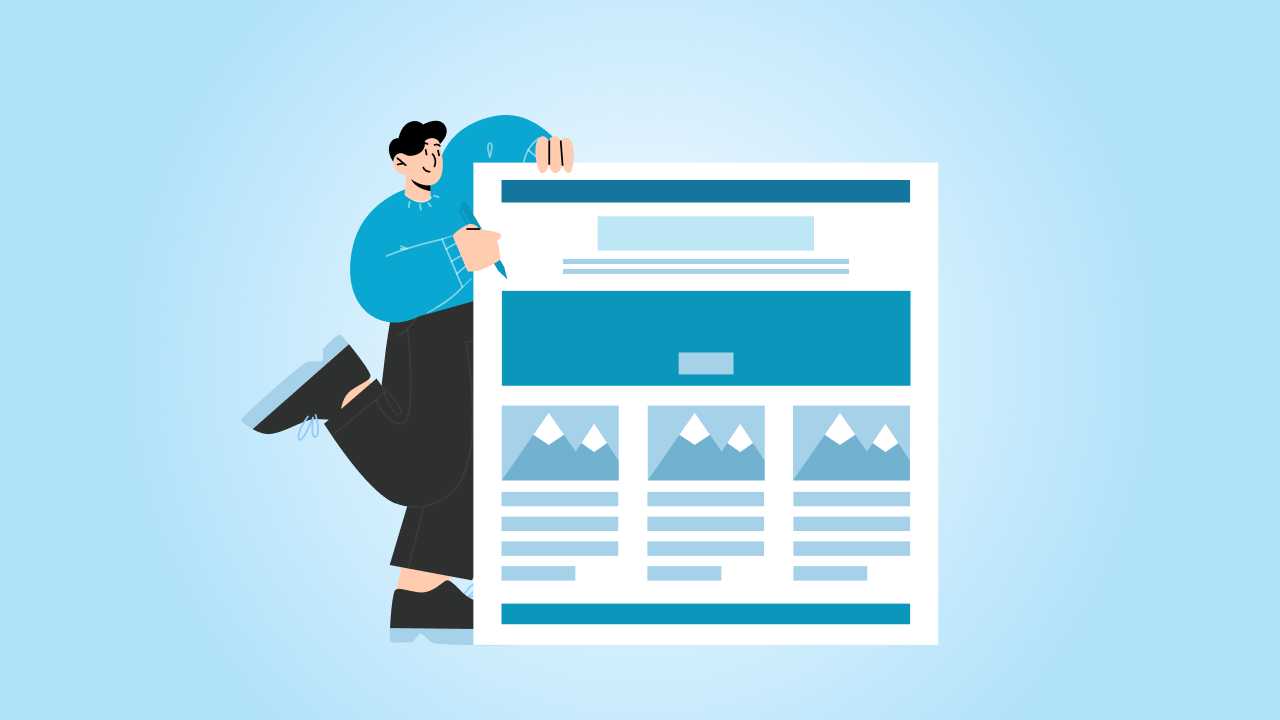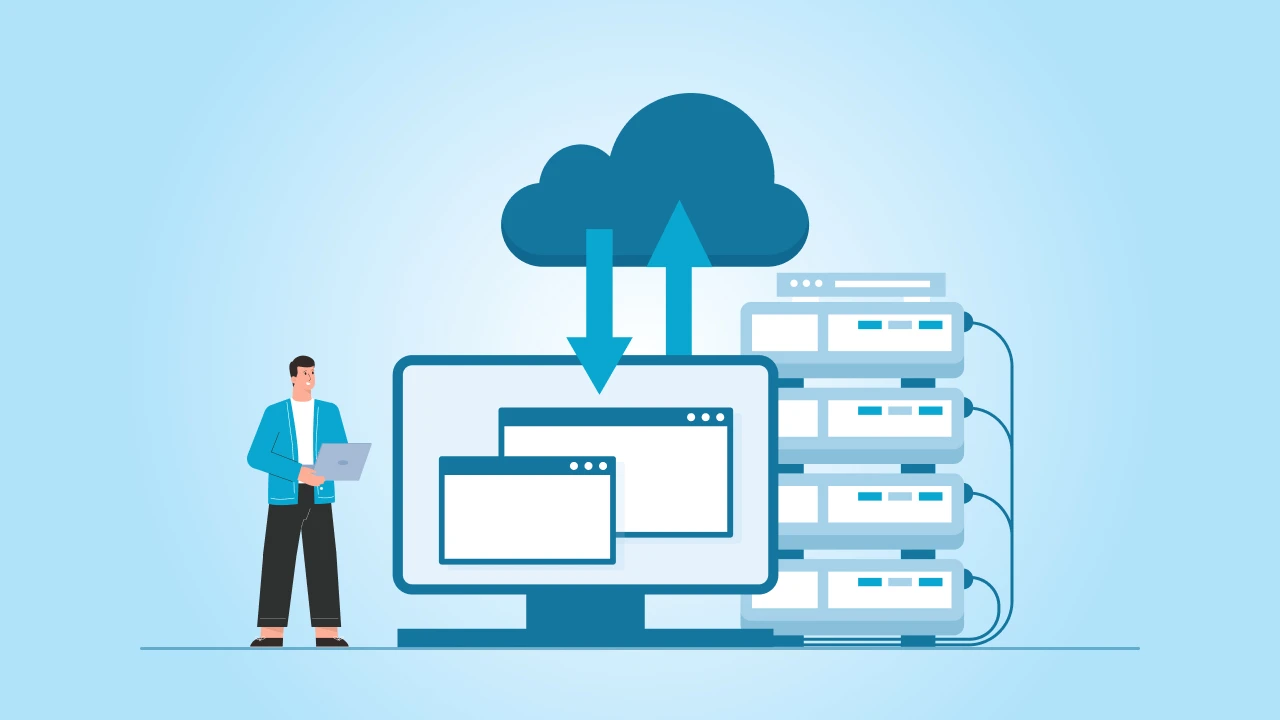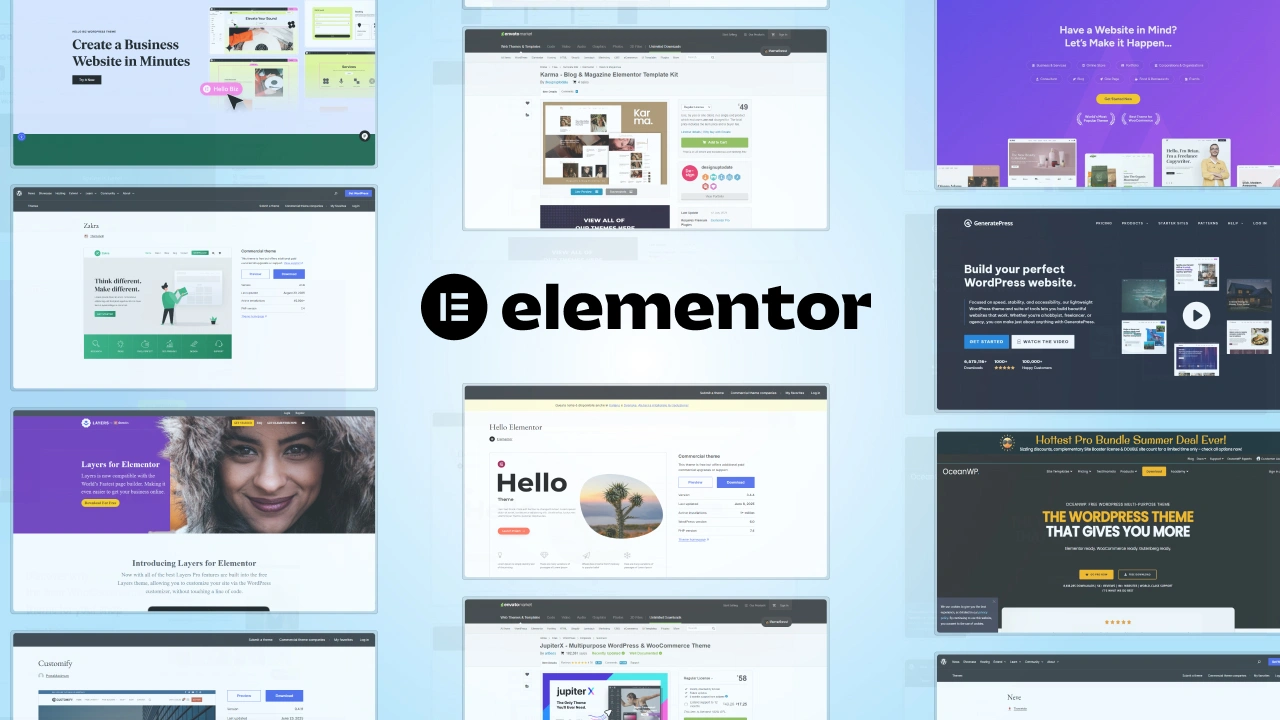If you have been running your site on WordPress, you already know it’s a great tool for getting things off the ground.
But what happens when you start craving more flexibility, power, or something that feels tailor-made for your growing needs?
Well, that’s when it’s time to talk about Drupal.
Drupal isn’t just a CMS; it’s the CMS!
Need advanced customization? No problem. A platform that scales with your business? Done. Top-notch security to keep your data safe? It’s got that too.
Whether running a boutique shop or managing a full-scale enterprise, Drupal is built to adapt to you, not the other way around.
So in this post, we are here to walk you through the process of migrating from WordPress to Drupal in a way that feels approachable and actionable. By the end, you will have a clear plan and the confidence to make the switch.
Why Consider Migrating from WordPress to Drupal?
When we say migration, it’s not about just switching from one platform to another. It’s more about upgrading your website’s potential.
- Flexibility That Fits You: Drupal allows for unparalleled customization, so you can build a site that works exactly the way you need it to.
- Scalability for Growth: Whether you are adding more content, expanding your audience, or integrating complex features, Drupal scales effortlessly.
- Enhanced Security: With regular updates and a strong focus on security, Drupal is a top choice for businesses that prioritize protecting their data and users.
- Advanced Features: From multilingual support to robust APIs, Drupal offers tools that cater to modern business needs.
Pre-Migration Planning
Before diving into the WordPress migration process, a little prep work can save you from headaches later. Here’s how to get started:
Assess Your Current Website:
- Audit your existing WordPress site. Take stock of your content, features, and plugins.
- Decide what’s worth keeping and what can be left behind. Think of it as a digital spring cleaning.
Define Goals and Requirements:
- Be clear about why you are migrating. Are you looking for better performance? More flexibility? Stronger security?
- Outline what you want to achieve with Drupal. This clarity will guide your decisions during the migration.
Choose the Right Drupal Version:
- If you are moving to Drupal, chances are you’ll want the latest and greatest. Drupal 10 offers new features and improved usability, making it an ideal choice.
Backup Your WordPress Website:
- This step is non-negotiable. Make sure to back up your entire site—content, databases, and settings—so you have a safety net if something goes wrong during the migration.
Say goodbye to WordPress limitations. We will help you migrate to Drupal without the headaches.
WordPress to Drupal Migration Process
Now comes the exciting part—moving your site from WordPress to Drupal. Here’s a step-by-step breakdown:
Set Up a Drupal Environment:
- Install Drupal on your server. Configure the basic settings to ensure the environment is ready for migration.
Select a Migration Tool:
- Explore tools like Drupal’s built-in Migration Module or third-party plugins that simplify the process.
Migrate Content:
- Import posts, pages, media, and other assets into Drupal.
- Address challenges with formatting and custom fields to ensure everything looks and functions as intended.
Recreate Website Features:
- Rebuild themes, menus, and layouts using Drupal’s powerful tools.
- Add necessary modules to replicate WordPress plugins and extend functionality.
Test the Migration:
- Conduct thorough testing for broken links, missing content, and functionality errors.
- Ensure the site performs well across different devices and browsers.
Launch and Optimise:
- Go live with your new Drupal site. Update DNS settings to point to the new platform.
- Optimize performance and keep an eye out for post-launch issues, making adjustments as needed.
Taking it step by step ensures a smoother migration process. With your new Drupal site ready, you are set to enjoy all the benefits it brings.
Challenges to Expect During Migration
Even with meticulous planning, sometimes you can’t avoid certain challenges. However, there are ways you can overcome them. Here are common hurdles you might encounter and tips to overcome them:
- Custom fields and media may not transfer seamlessly from WordPress to Drupal.
- Tip: Use migration modules that allow custom mapping and thoroughly test each content type after migration.
Differences in Theme Structure:
- WordPress and Drupal have fundamentally different theme architectures, which can make recreating your site look a challenge.
- Tip: Consider redesigning with Drupal’s strengths in mind rather than attempting an exact replication.
Learning Curve for Drupal’s Interface:
- Drupal’s admin interface may feel unfamiliar and complex for new users.
- Tip: Invest time in tutorials and documentation to get comfortable with Drupal’s layout and capabilities.
While these challenges can seem daunting, a proactive approach and the right resources will make them manageable, ensuring your migration is as smooth as possible.
Is Migrating from WordPress to Drupal Worth It?
Honestly, migrating from WordPress to Drupal is more than just a platform switch; it’s an investment in your website’s future. Anyway, let’s take a quick look at why making the change is worth it:
- Unmatched Flexibility: Drupal’s customization capabilities allow you to create a website that truly aligns with your unique needs and goals.
- Scalable for Growth: As your business expands, Drupal grows with you, accommodating increased traffic, content, and complex functionality.
- Enhanced Security: With a strong emphasis on protecting data, Drupal offers robust measures to safeguard your site against threats.
- Advanced Features: From multilingual capabilities to API integrations, Drupal equips you with the tools to innovate and stay competitive.
For instance, let’s consider a small eCommerce business that outgrew its WordPress setup. By migrating to Drupal, they will have the ability to offer personalized user experiences, integrate with third-party systems, and handle a growing product catalogue- apart from getting top-notch security.
The result?
Increased customer satisfaction and sustained business growth.
Whether you are a startup aiming to scale your business or an established enterprise looking for a reliable, future-proof CMS, Drupal offers a solid foundation for long-term success. The effort invested in migration pays off through the platform’s adaptability and robust capabilities.
At cmsMinds, we make it simple and stress-free. Let’s talk about how we can help you make the move smoothly.





